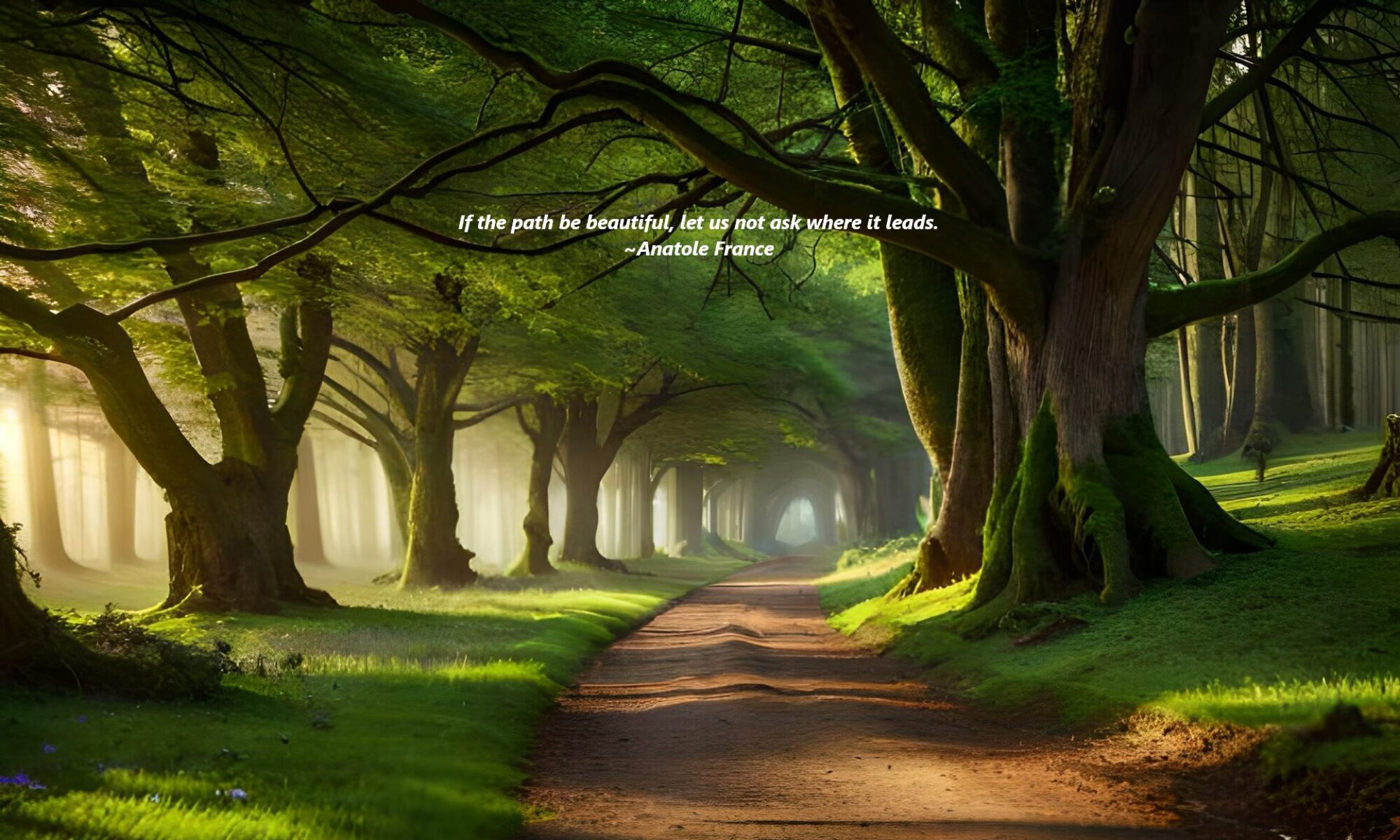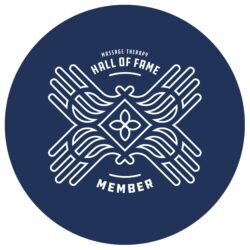A few years ago, I came across a website that has become one of my favorites. It’s at www.PainScience.com, and the writer behind it is Paul Ingraham.
Ingraham is a former Registered Massage Therapist from Vancouver, Canada. He practiced for ten years in downtown Vancouver, taking as many difficult chronic pain cases as he could. Since 2009, he has been the assistant editor for ScienceBasedMedicine.org. I recently had the chance to ask him a few questions about his life and work:
LA: Paul, one of the reasons I find you so interesting is because we share the circumstance of formerly being into energy work, and all sorts of things along those lines that we no longer embrace. Was there a defining moment when you decided to leave that behind and become the skeptic you are today?
PI: It was a series of defining moments, a gradual process, many things chipping away at my faith. For instance, I had a colleague who I shared some beliefs with. We both did energy work and talked shop about it. For me it was more like art and poetry, while for him it was much more literal and real, like he thought he was a Jedi in training or something, and he shredded his credibility with increasingly bizarre belief and overconfidence — like healing over the phone — until I one day I thought, “Wow, way too far. That is just not quality thinking!”
There were many more little disappointments like that over the years. Some were bigger. I remember a workshop taught by someone I greatly admired. I went in beaming, but came out rolling my eyes — a whole day of fringe science and sloppy, self-serving “logic.”
When I started questioning this stuff publicly, I got hate mail, even about stuff I thought was no big deal to question. And that finished the job. Seeing a steady stream of incoherent arguments from unhinged true believers — never calm, never gracious, never “balanced” — finally turned me into an actual card-carrying skeptic. It took about a decade to go from true believer to doubter to curmudgeonly skeptical gadfly.
LA: For years, your website was known as SaveYourself.ca. What precipitated your recent name change?
PI: PainScience.com is more serious and dignified. And just more descriptive of what I do.
I never really cared for the connotations of “save.” Some people immediately think of Jesus when they think of being saved. And I didn’t want to imply that anything I write can “save” anyone — it smacks of the same kind of unethical over-promising that I often criticize in health care.
PainScience fits great. It feels like putting on a nice suit after years of doing business in a Hawaiian shirt.
LA: I’ve seen a few snarky comments from people on the Internet concerning the fact that you’re not a scientist, but you write about science. What are your qualifications, and what do you say to your critics?
PI: Yes, that comes up a lot. And they’re half right: I am not a scientist! But of course hardly any science news and reporting comes directly from scientists, and it can’t, because scientists are busy doing their jobs. And hardly anyone outside of science actually reads scientific papers (least of all the kinds of people who complain that I’m not a scientist).
I am a writer, and my job is to understand and translate science as well as I possibly can — to be a liaison between scientists and clinicians and patients. It’s a tough job, but I care deeply about it and work my hind end off to do it right.
Information about the implications of science can and should only be judged on its own merits. It doesn’t matter who wrote it. Is it good? Is it reasonable and referenced?
LA: One thing I have always admired about your writing is that you provide footnotes for everything. How much time do you spend researching and preparing an article?
PI: It never ends! I never stop editing and upgrading articles, because science is a moving target. They need to change. This is a distinctive thing about PainScience.com: I don’t publish stuff and then just leave it there to rot on the server forever.
But a first draft of a typical 2500-word delve into a topic is usually about a 40-hour project, assuming I’m really going for it. The main way to distinguish yourself online these days is quality. You can’t just write a lot — you’ve got to write well. Serious polish. So I really get into making an article as good as I can possibly make it. It’s not unusual to thoroughly edit at least five or six times.
LA: Like my own blog, some of your articles have generated controversy and even gotten you some hate mail. Is there an article that stands out in your mind for that?
PI: By far the most hate-mail generating article I’ve ever published is Does Chiropractic Work? The modern version of it is more diplomatic and generates much less hate mail, while the original was somewhat snarky and made a lot of heads explode. But I still stand behind any statement I ever made there.
But the most interesting hate mail generator is this one: Trigger Point Doubts. It doesn’t generate a lot of hate mail, but some people just go bonkers when they think they’ve caught me in a contradiction. That is, criticizing “trigger points” while also selling a book about trigger points. Even though the article tackles this so-called contradiction head on. And of course it’s very intellectually healthy to question your own ideas. But I get mail from people who are just furious with me: they take me for a trigger point guru and then freak out when they find out I have concerns about trigger point science being half-assed.
LA: Painscience.com gets about 30,000 hits a day. I notice there’s no advertising on your site, but my guess is you’ve been offered plenty of deals; is that so? What’s your reason for running an ad-free site?
PI: I just like it better. Classier. Different than most of the rest of the internet. And I can generate enough revenue with e-book sales.
LA: You’ve written quite a few e-books. What is the focus of those?
PI: So far I have written eight books about eight musculoskeletal pain problems that are often puzzling and stubborn, like patellofemoral pain or chronic low back pain. The goal of the books is to explore the puzzle with the reader, who can be a patient or a professional: to dive into the interesting mysteries and try to figure out what works, what doesn’t, and why. My goal is to simply teach the reader as much as I possibly can about the condition. In the absence of proven treatments, good information is the next best thing.
LA: What’s the most gratifying thing about what you do?
PI: Oh, that’s easy: email from people who like my sense of humour! Best people in the world! Or librarians who recognize the mad genius of my bibliography.
But seriously, of course it’s the readers who feel that something they learned from me has really helped them. I do love that. That’s the whole point.
LA: Is there anything you haven’t accomplished yet that you plan to do? What’s next for Paul Ingraham?
PI: Lots! It’s taken me a few years to get PainScience.com going and prove that it can pay the bills. I’ve had to do a lot of technology work to get it to that point, which often distracted me from writing in a big way. Now it’s time to get back to the writing, and lots of it, both professional and personal. I’d like to get going on my first novel. And some other technology business projects with a genius buddy of mine, for the diversification and fun of it. Going to be a busy couple decades!


Definitely going to check this out!
It’s interesting as a teacher of Thai Massage tackling the same issues on energy and the reality of what we are measurably doing. Once again, thanks for this post!